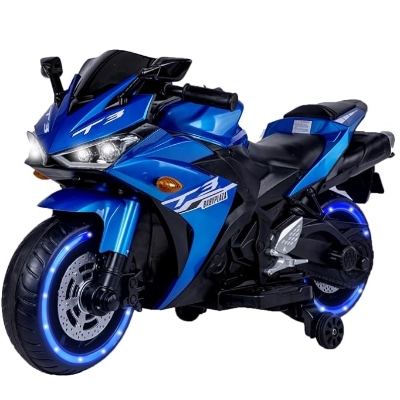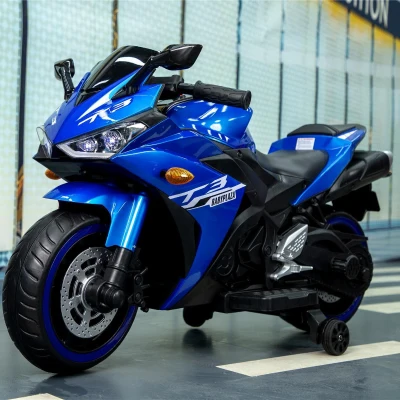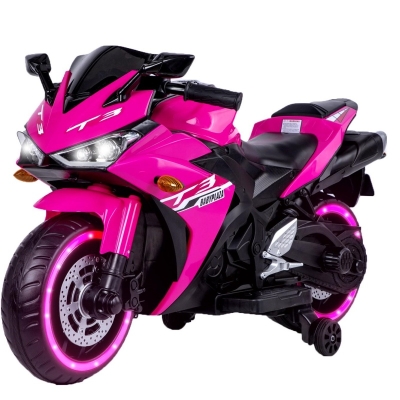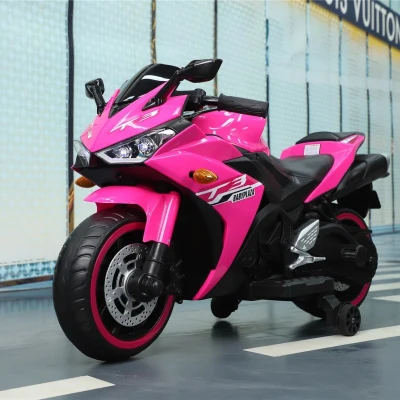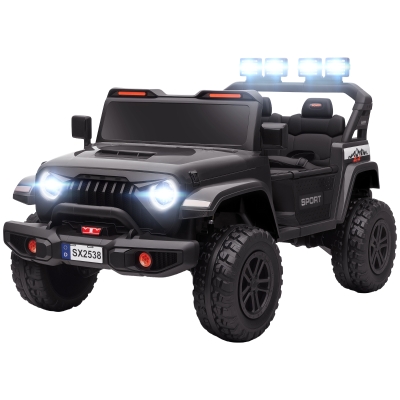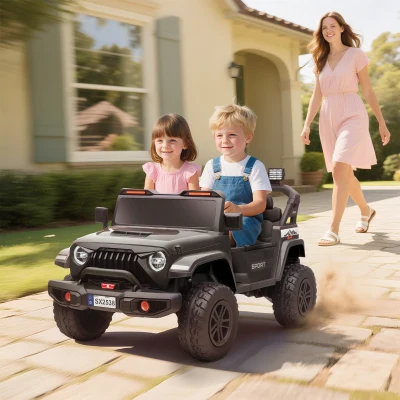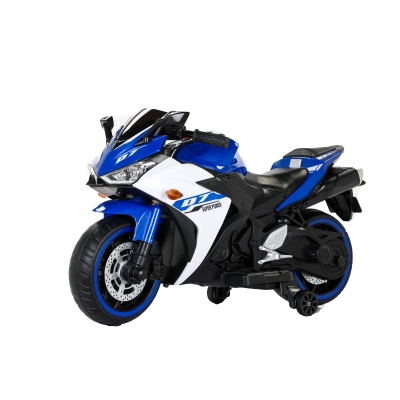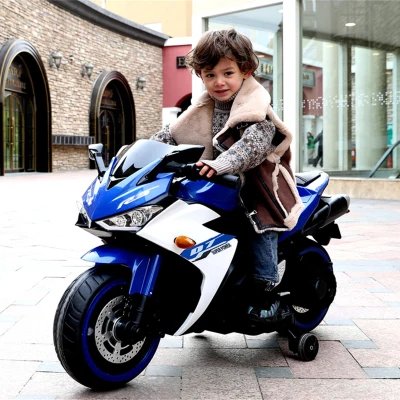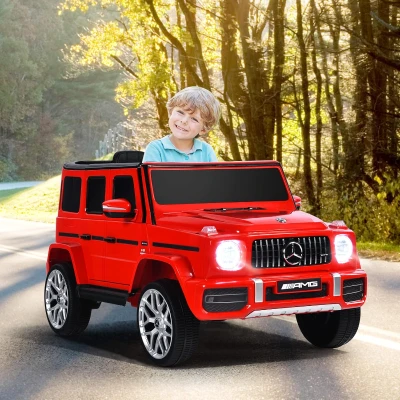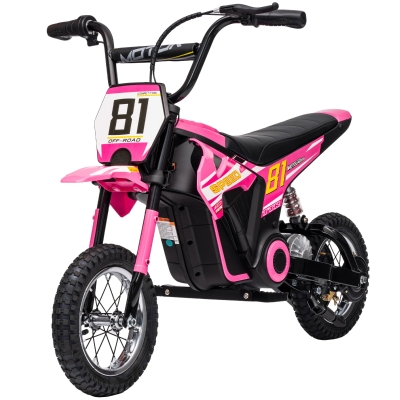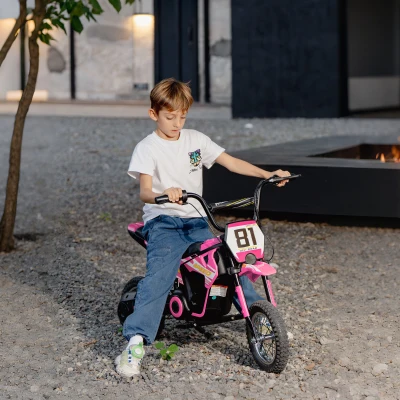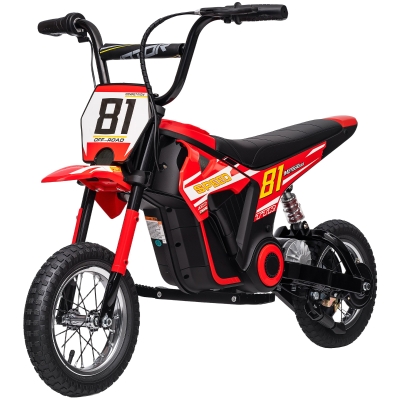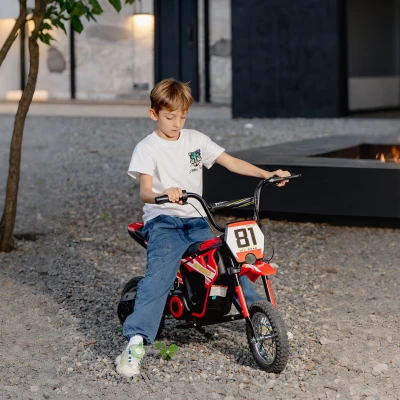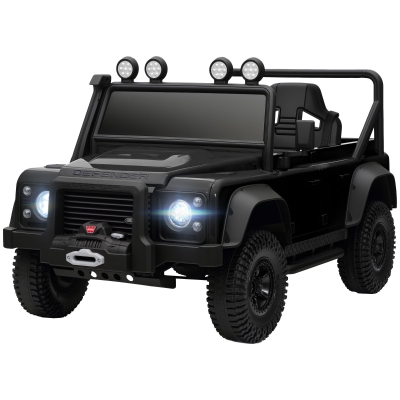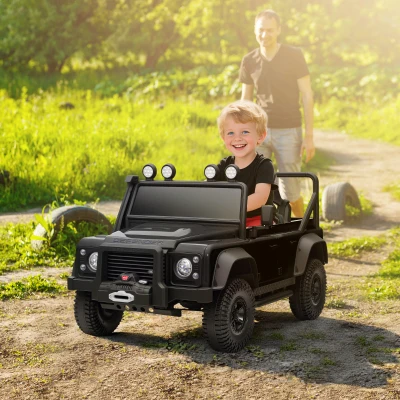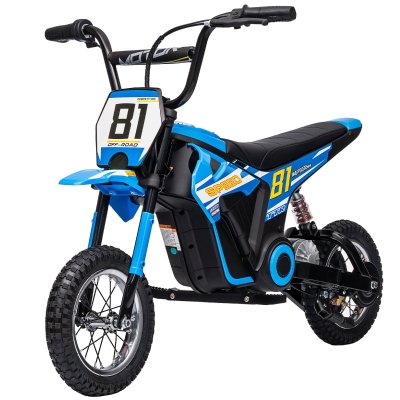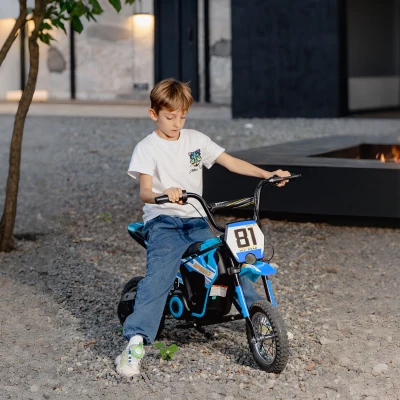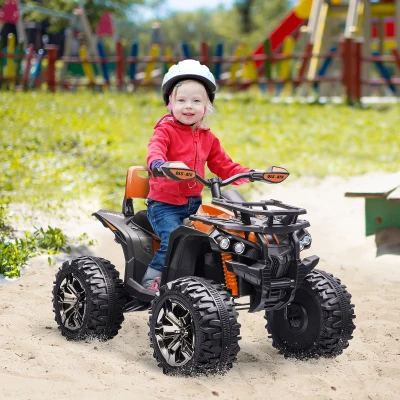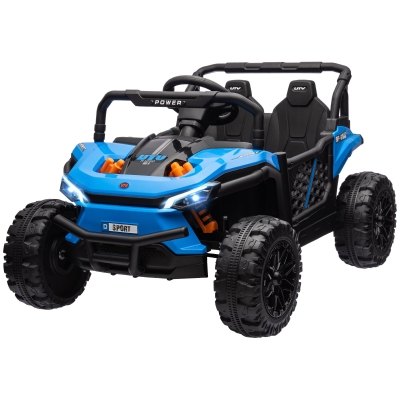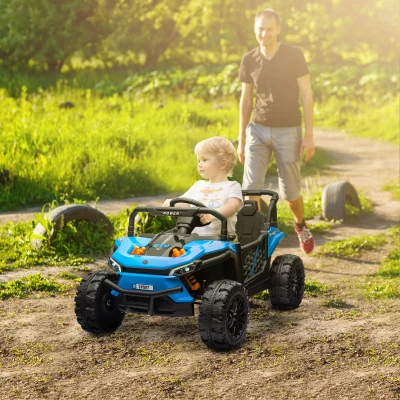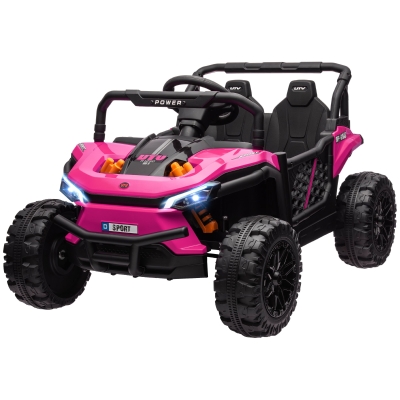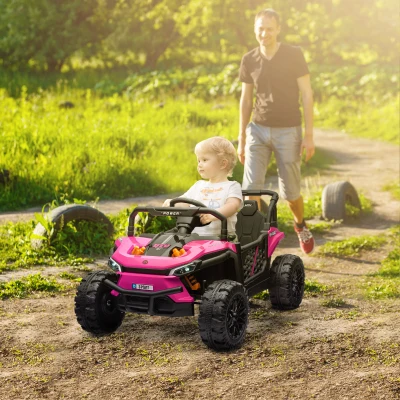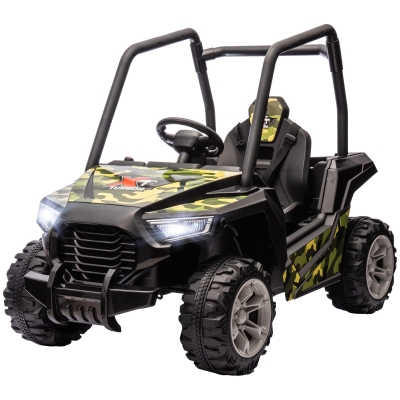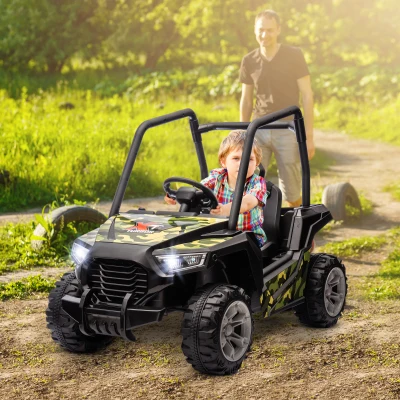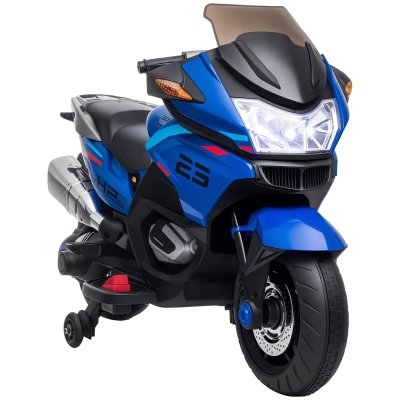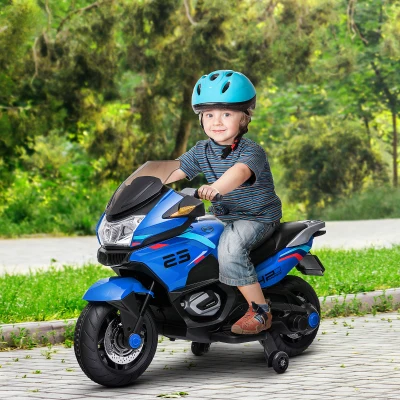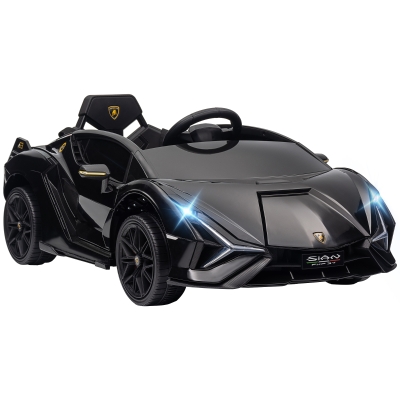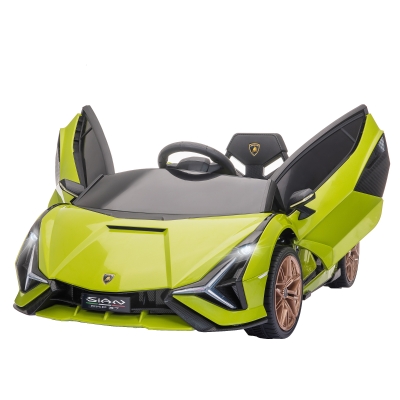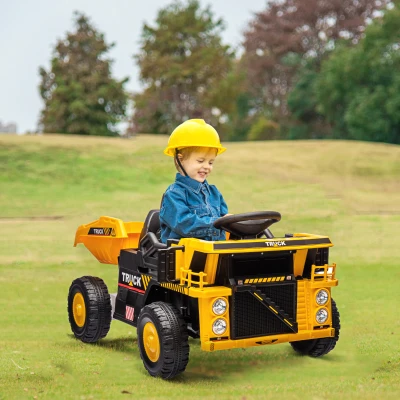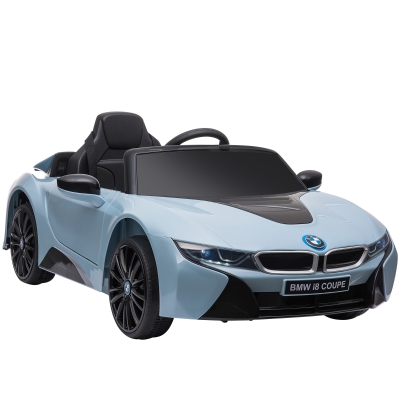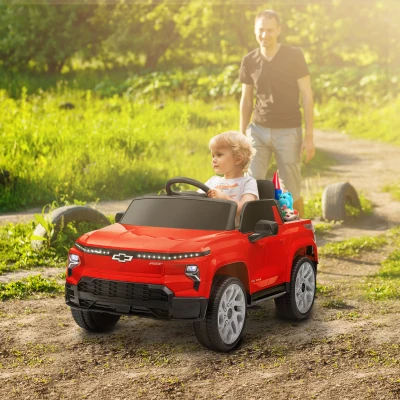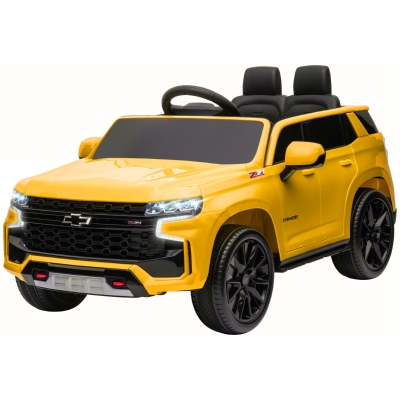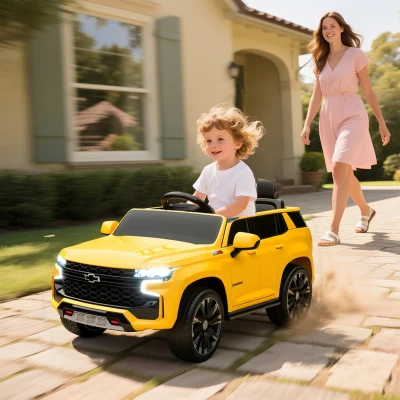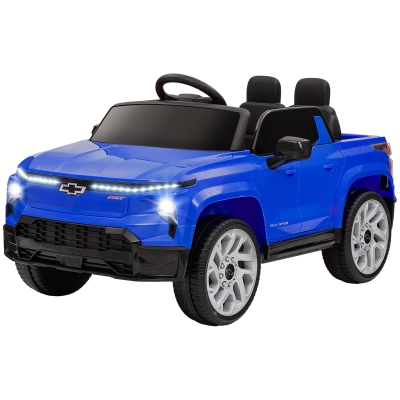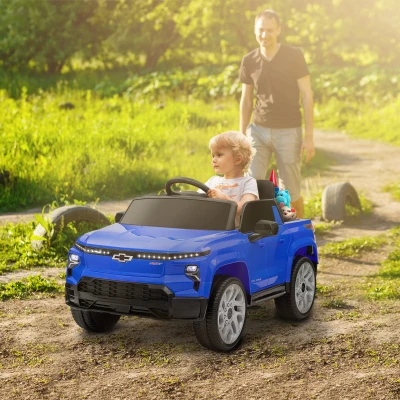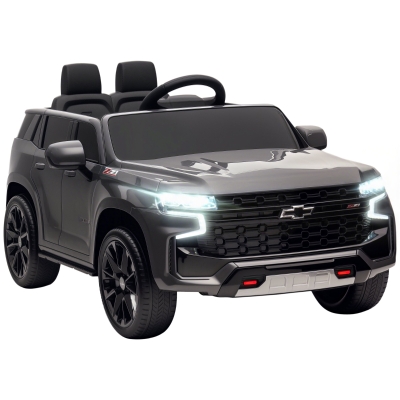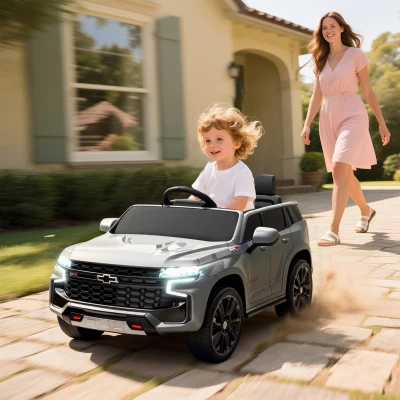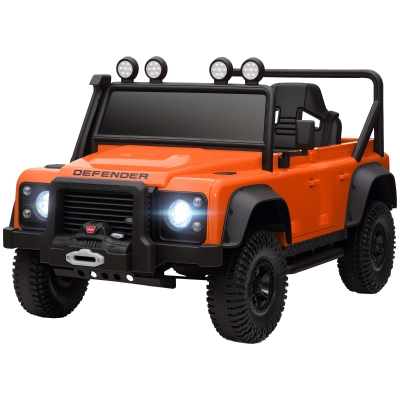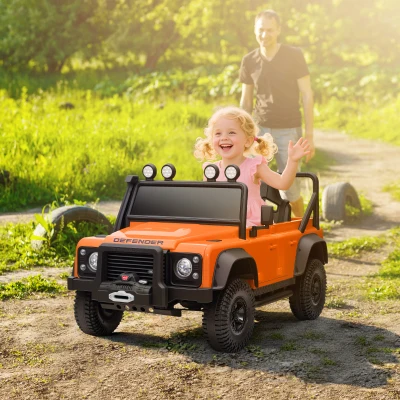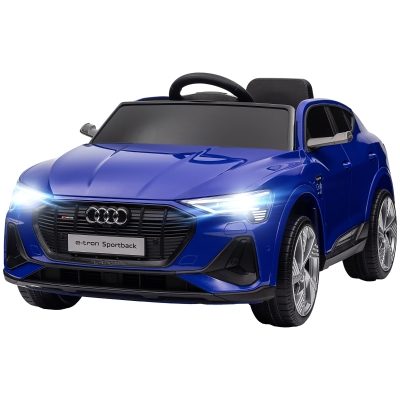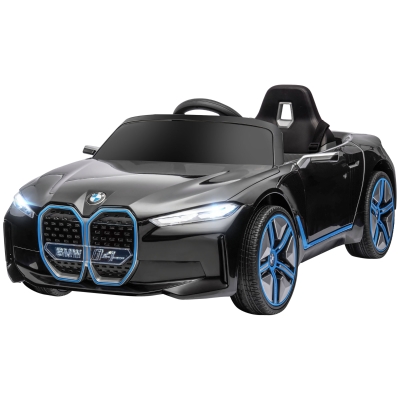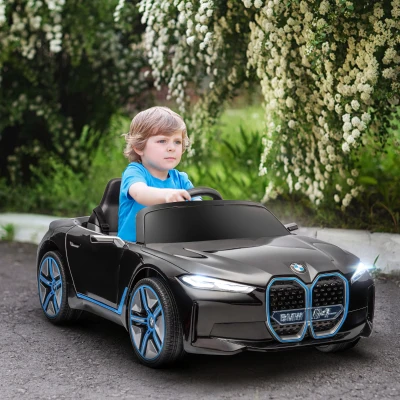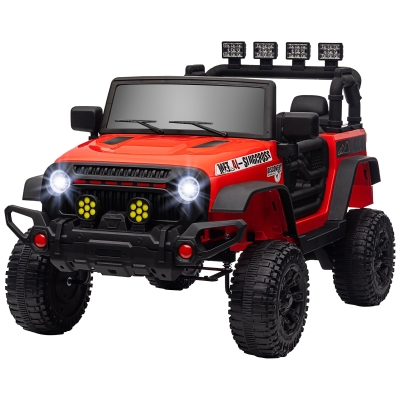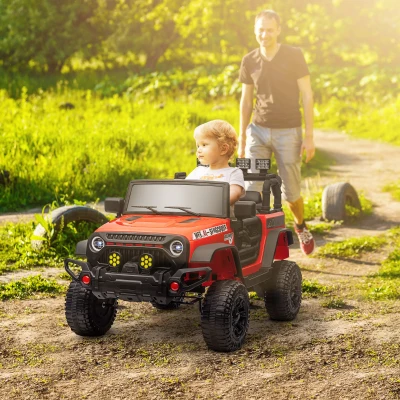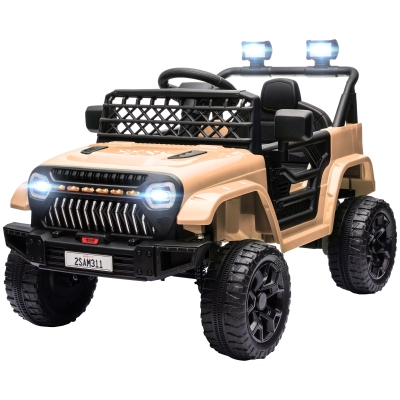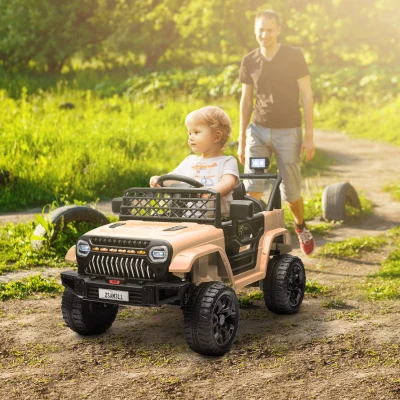Children’s Ride-on Toys
Once your child has started walking, you might be thinking about getting them a ride-on toy to help them develop their motor skills. Ride-on toys are good for both indoors and outdoors, and include cars, bikes, motorbikes, and walkers. Discover how to pick the best ride-on toy for your child in our easy guide below.
Things to Consider When Buying a Child's Ride On Toy:
- Age, Size and Motor Skills
- How & Where They Will Use It
- Budget & Value
Age, Size and Motor Skills
The first things you want to consider, when choosing a ride-on toy for your child: is their age, size and level of motor skills.
Children develop and reach developmental milestones at different times, which means your 20 month-old child might not be ready to use a ride-on toy even if it’s labelled as safe for 18 month-olds.
Similarly, if your child is 17 months old but has been walking steadily for a few months, you might want to introduce them to a push ride on toy.
Children above the age of 2, on the other hand, might prefer a ride-on toy with pedals and some fun and cool functionalities.
Whichever ride-on toy you opt for, and regardless of your child’s walking skills, remember that you or another adult will always need to supervise your child while they are playing with it!
How and Where Your Child Is Going to Use their Ride On Toy
While most ride-on toys are suitable to both indoor and outdoor use, there are some important differences that you will want to consider before buying a ride-on toy:
- Noise level: playing outdoors allows children a bit more room for making noise, especially if they are in your own garden. But if you want them to use their ride-on toy inside your house, then you will need one that is as quiet as possible. Ride-on toys with sounds like loud horns or engines might not be suitable for indoor use, for example, as well as those with larger and heavier wheels that might end up being a lot noisier (especially for downstairs neighbors!)
- Wheels: speaking of wheels, ride-on toys for indoor use should always have softer, non-slip, and wear-resistant foam wheels, to prevent scratches on the floors.
- Overall design: in general, you’ll want your indoor ride-on toy to feature a more lightweight, portable, and compact design, to enable easier and mess-free storage. Outdoor ride-on toys, on the other hand, can be larger and bulkier, especially if your child uses them in a big garden.
Budget & Value
Don’t think ride-on toys are always expensive. Just because they simulate expensive grown up items such as cars or motorcycles, it doesn’t mean that they are priced in the same way:
Ride-on toys can be a very affordable choice for birthday or Christmas presents, or a casual gift to see a big smile appear on your little one’s face!
Cheaper ride-on toys might feature fewer features, but are still designed for safety and fun.
More expensive ride-on toys often have more features – literally more bells and whistles. These toys are commonly battery-operated, which offers a more immersive riding experience
In summary, when you are looking for a child’s ride-on toy, you will need to consider at least three factors: their age and motor skills, how the toy will be used, and your budget. Once you have established all three, you will be in a much better place to select the best ride-on toy for your toddler! Now go ahead and shop Aosom’s website for the best deals!






